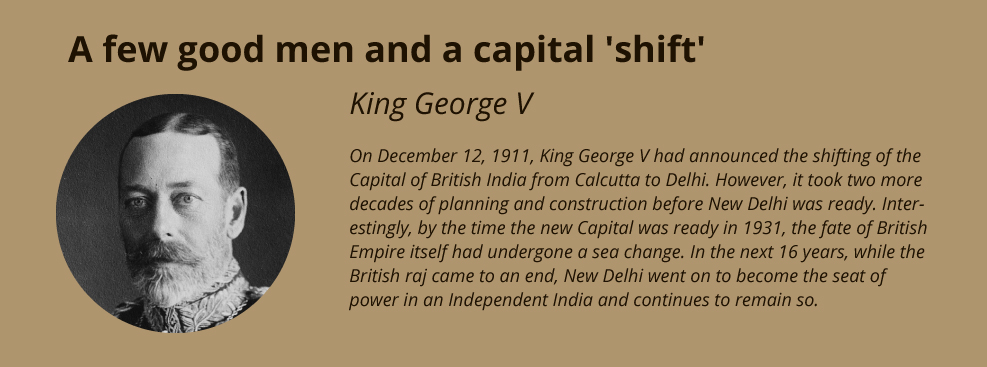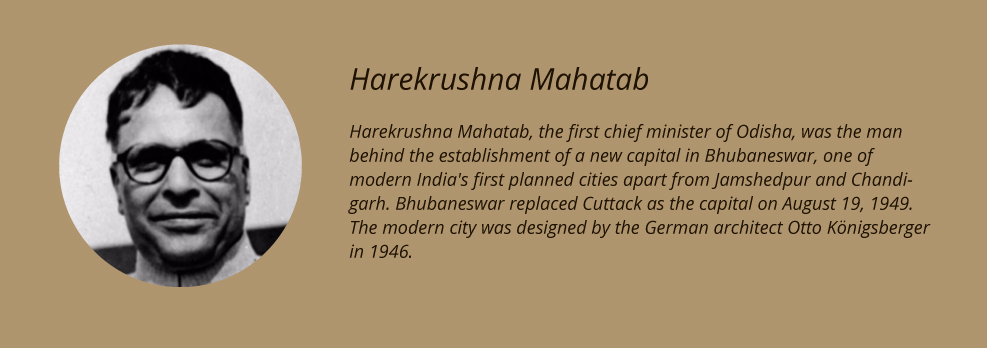
- Home
- News
- Analysis
- States
- Perspective
- Videos
- Education
- Entertainment
- Elections
- World Cup 2023
- Features
- Health
- Business
- Series
- Economy Series
- Earth Day
- Kashmir’s Frozen Turbulence
- India@75
- The legend of Ramjanmabhoomi
- Liberalisation@30
- How to tame a dragon
- Celebrating biodiversity
- Farm Matters
- 50 days of solitude
- Bringing Migrants Home
- Budget 2020
- Jharkhand Votes
- The Federal Investigates
- The Federal Impact
- Vanishing Sand
- Gandhi @ 150
- Andhra Today
- Field report
- Operation Gulmarg
- Pandemic @1 Mn in India
- The Federal Year-End
- The Zero Year
- Premium
- Science
- Brand studio
- Home
- NewsNews
- Analysis
- StatesStates
- PerspectivePerspective
- VideosVideos
- Entertainment
- ElectionsElections
- Sports
- Loading...
Sports - Features
- BusinessBusiness
- Premium
- Loading...
Premium

Chandrababu Naidu's Capital failures

A few days after losing power in the 2004 Assembly elections in undivided Andhra Pradesh, Telugu Desam Party (TDP) supremo N Chandrababu Naidu was in an introspective mood during an informal chat with a group of senior journalists at his residence in Hyderabad. “What should I make of this verdict? Despite earning a nationwide reputation for developing Hyderabad into a global IT destination,...
A few days after losing power in the 2004 Assembly elections in undivided Andhra Pradesh, Telugu Desam Party (TDP) supremo N Chandrababu Naidu was in an introspective mood during an informal chat with a group of senior journalists at his residence in Hyderabad.
“What should I make of this verdict? Despite earning a nationwide reputation for developing Hyderabad into a global IT destination, we have lost badly in the city region. Is development not an issue with the people?” he wondered.
There was a sense of genuine disappointment and dismay in his voice. His party was virtually wiped out in the city and the adjoining areas as a resurgent Congress had stormed to power. This was at a time when ‘Brand Hyderabad’ was making waves at a national level for its rapid strides in the software industry and Naidu was the toast of the national media for pursuing bold reforms in the state and introducing a corporate style of functioning in government departments.
Over the next 30 minutes, the candid interaction centred around the narrative of populism versus development — whether a clutch of freebies was all that was needed to fetch votes and whether good development was not necessarily good politics.
Naidu’s frustration was understandable. After a nine-and-half year dream run as the chief minister, he had just faced defeat at the hands of his bête noire YS Rajasekhar Reddy, who steered the Congress to power on the back of populist promises, including free power to farmers. The 2004 election was largely seen as a fight between populism and development with Naidu taking pride in calling himself the ‘CEO of AP Inc.,’ and showcasing Hyderabad as an emerging global IT destination.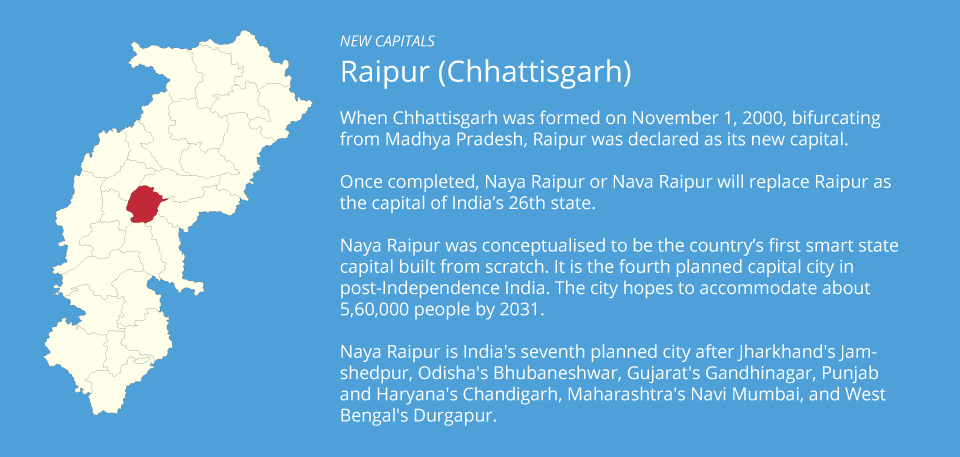
Jinx repeats
Cut to 2019. Naidu’s TDP lost power in the residual Andhra Pradesh and particularly humiliating was the party’s total rout in the capital region of Amaravati. It was again the case of a big capital dream gone sour.
After the bifurcation of Andhra to carve out Telangana in 2014, Naidu tried hard to showcase Amaravati as his most ambitious project and focused all his attention on building the most modern capital city that India has never seen before. “It will be a role model, not just for India but for the entire world,” he would often say.
The voters were not impressed though. The TDP was handed out a crushing defeat in the capital region covering the coastal districts of Krishna and Guntur, despite it being a traditional stronghold of the regional party. Out of the 33 Assembly constituencies in the two districts, the TDP managed to win just four seats, two in each district, while the rest were bagged by the YSR Congress Party, headed by YS Jagan Mohan Reddy.
Naidu’s son Nara Lokesh lost the election in Mangalagiri, which falls under the core capital region. In fact, Mangalagiri was chosen for his electoral debut because the constituency falls under the jurisdiction of the Capital Region Development Authority (CRDA) and is expected to witness a major development boom in the near future. It is no secret that Naidu, a doting father, has been grooming his son to eventually take over the mantle of the TDP.
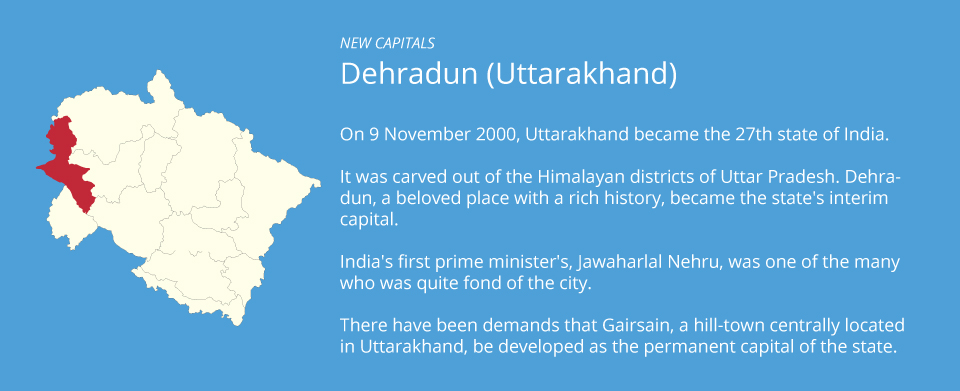
Urban versus rural
“The neglect of rural economy has been the undoing of Naidu, whether it was in 2004 or in 2019. The urban-rural dynamics has not changed much over the years,” says political analyst Dr K Nageshwar.
The 2004 poll campaign of the Congress was focused on the neglect of agriculture and irrigation sectors by the Chandrababu Naidu government. It struck a chord with the people as Naidu’s model of development was seen as highly flawed, with obsessive focus on Hyderabad at the cost of rural Andhra. This was at a time when the state was in the grip of an agrarian crisis after continuous drought and a spate of suicides by debt-ridden farmers, particularly in the Telangana region.
If the neglect of the rural sector was the reason for the defeat in 2004, it was almost a similar set of factors that turned out to be Naidu’s undoing in the 2019 Assembly polls. If it was YSR who scripted the counter-narrative and succeeded in his mission in 2004, it was the turn of his son, Jagan, who repeated the same this time around. Both positioned themselves as pro-poor, made populist promises and strongly opposed ‘obsessive concentration of development’ on big cities. And, on both occasions, it emerged that Naidu’s big dreams on developing ultra-modern cities have failed to impress voters.
If it was Cyberabad, the IT hub of Hyderabad, then, it is Amaravati now. There has been a clear disconnect between the dreams of building mega capitals and the common voters on the ground.
The road to development of Cyberabad was strewn with political hurdles. The opposition parties had warned about the disastrous impact of the ‘lopsided’ development model and constantly flagged the concerns of the rural sector. However, it was a time when the IT boom was searching for new destinations to blossom and Naidu, carrying the image of an unconventional politician, had emerged as the frontrunner to attract big-ticket investments.
The laptop carrying Naidu was the cynosure of all eyes. His PowerPoint presentations were a big hit at the business conventions and his oft-repeated quip at such gatherings — “there is no -ism but only tourism” — were lapped up by corporate India and the media.
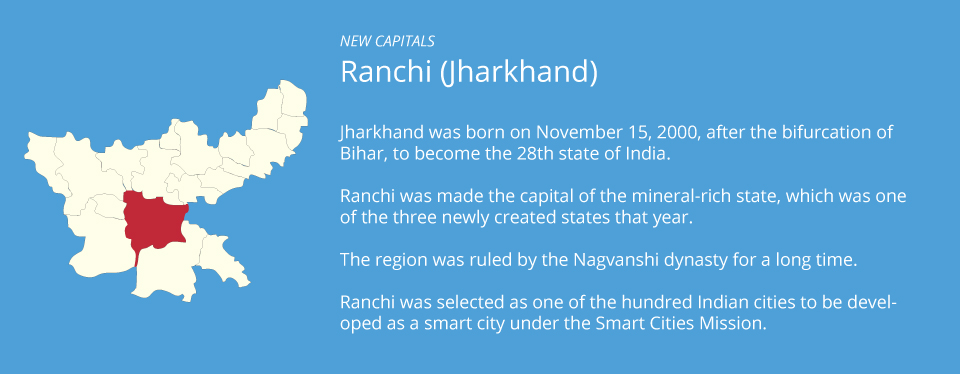
Cyberabad calling
A key turning point in Hyderabad attracting global attention came in 1998 when Microsoft chose the city of Nawabs and pearls to set up its India Development Center, the largest R&D centre outside its Redmond headquarters in the US.
The achievement was largely attributed to Naidu’s personal initiative and his famous one-on-one meeting with Bill Gates, which was “originally scheduled for 15 minutes but went on for an hour”.
The development had a catalytic effect, with the IT industry beginning to look at Hyderabad as a potential investment destination.
With Bengaluru getting saturated and groaning under infrastructural woes, particularly its notorious traffic jams, IT companies started looking at alternative destinations. Hyderabad fit the bill on various counts: ideal climate, air connectivity, availability of a large pool of engineering talent and aggressive policies of the successive governments to attract the industry.
The pro-active IT policies, cheaper land rates and hassle-free clearances helped the city emerge as a thriving IT destination by the mid-2000s, prompting Naidu’s supporters to claim that he was the “builder of modern Hyderabad”.
Metamorphosis of a dreamer
However, the crushing electoral defeat in 2004 led to a churn, both in terms of ideology and political strategies. The reformist in Naidu had to make way for an unapologetic populist while the political pendulum of his party swung from the Right to the Left.
During his 10-year stint in the opposition between 2004 and 2014, Naidu offloaded the reforms baggage, aligned with the Left parties and returned to populism with gusto.
While in power between 1995 and 2004, he had strongly opposed populist schemes and was hailed as a frontrunner in implementing far-reaching economic and administrative reforms.
He severed links with the BJP and moved closer to the left parties, only to return to the saffron fold ahead of the 2014 general elections.
Naidu had opted for an electoral alliance with left parties in the hope of regaining support of rural voters. However, his political metamorphosis could not arrest the slide of the TDP. It was only after the bifurcation that the people of divided Andhra preferred an experienced Naidu over the political greenhorn and ‘corruption-tainted’ Jagan in the 2014 elections.
End of a dream
Naidu’s question — “Is development not an issue with people?” — has come back to haunt him more than one and a half decades after he first raised it.
The critics point out that Amaravati, the ₹55,000-crore riverfront capital, presents a social asymmetry that is too stark to ignore. It is heavily skewed in favour of the land owners who have benefited immensely, while the agricultural labourers, daily wage earners, vegetable and fruit vendors and even the middle class have been squeezed dry.
In the process, the biggest losers would be the backward caste farmers, who take land on lease, and agricultural labourers, a majority of them belonging to the scheduled castes. Naidu’s detractors argue that his capital model would only result in widening the social inequalities.
Moreover, there are also allegations that the choice of the location of the capital city was to benefit the big contractors and industrialists affiliated with the ruling TDP. The relatively prosperous Vijayawada-Guntur region is dominated by the Kamma community, the traditional support base of the TDP.
There are those who argue that Amaravati is an environmentally unsustainable project and a flood risk. The project imposes a heavy cost on the livelihoods of people and destroys the fertile agricultural lands.
The annual budget presented by the new government last week provided the first official signal that the Amaravati project has been put on the backburner.
The YSRCP government allocated a mere ₹500 crore for the capital city, barely enough to meet expenses like salaries, maintenance and the annuity to be paid to farmers who gave their land for the project under a ‘land pooling’ scheme.
The work related to the capital city has come to a standstill. And so have Naidu’s political dreams, at least for the next five years.
